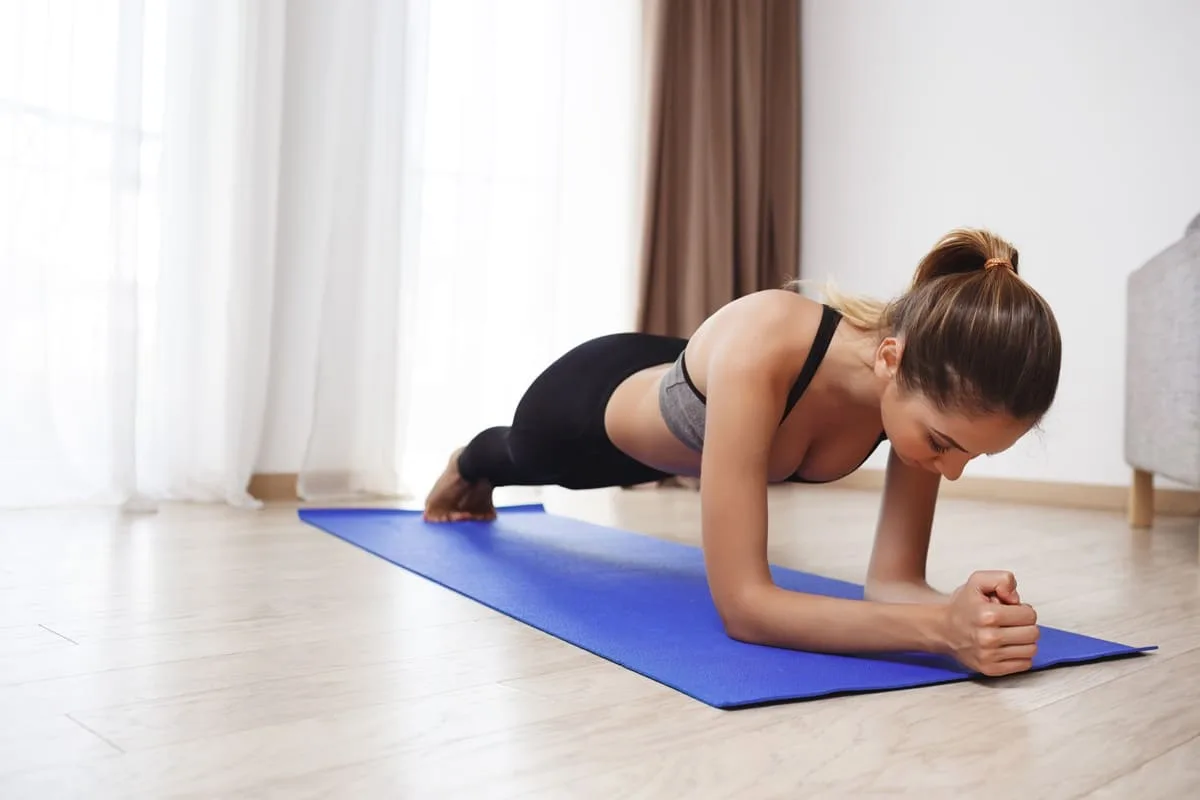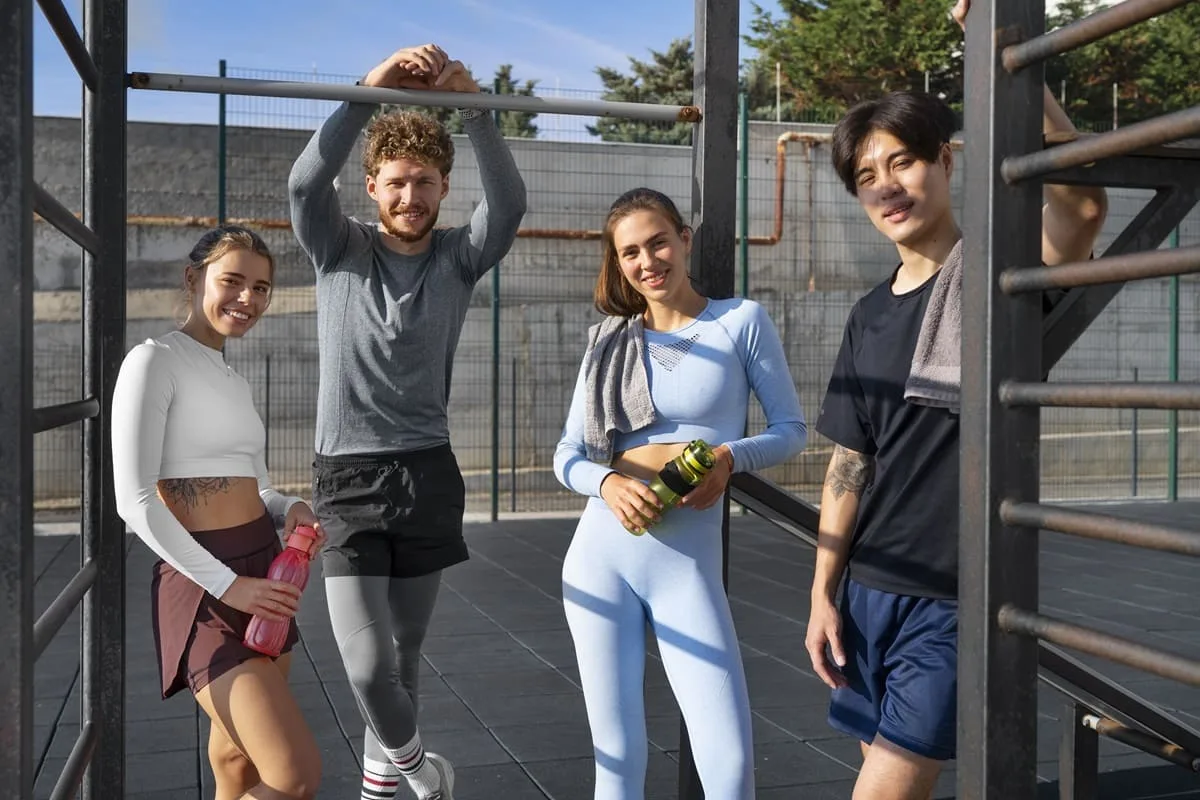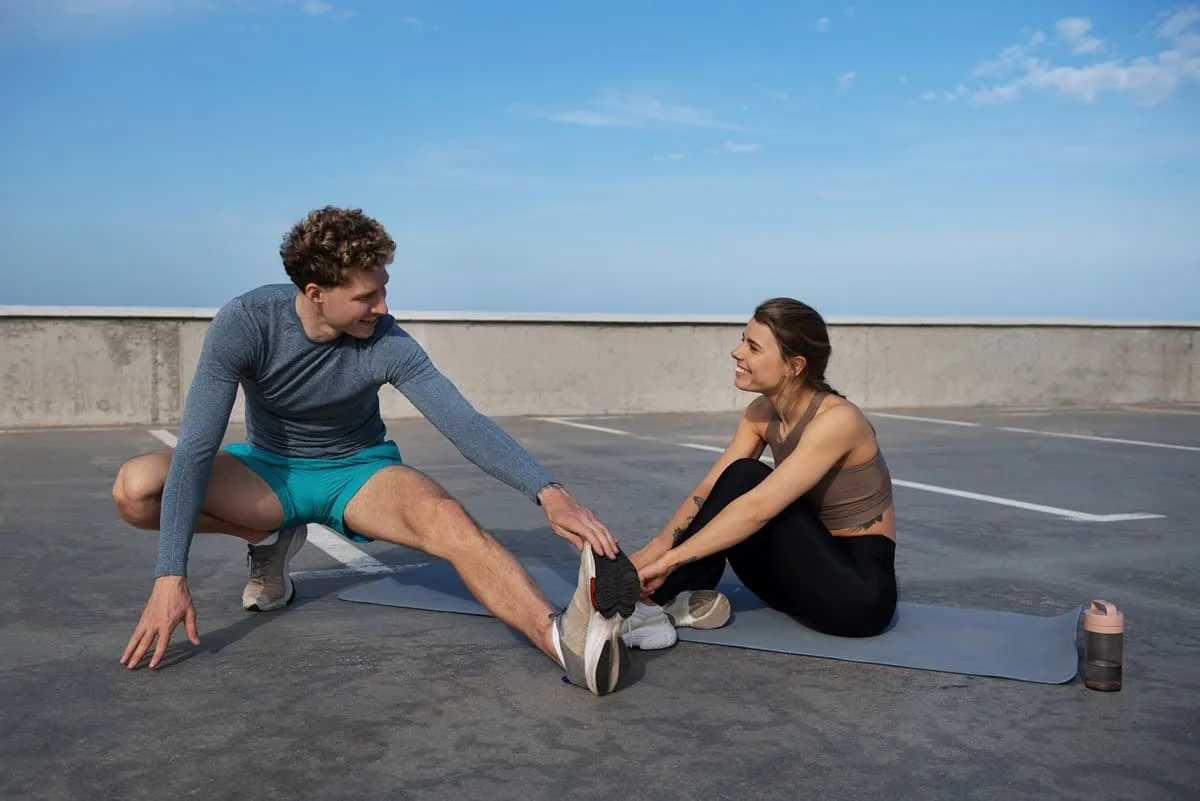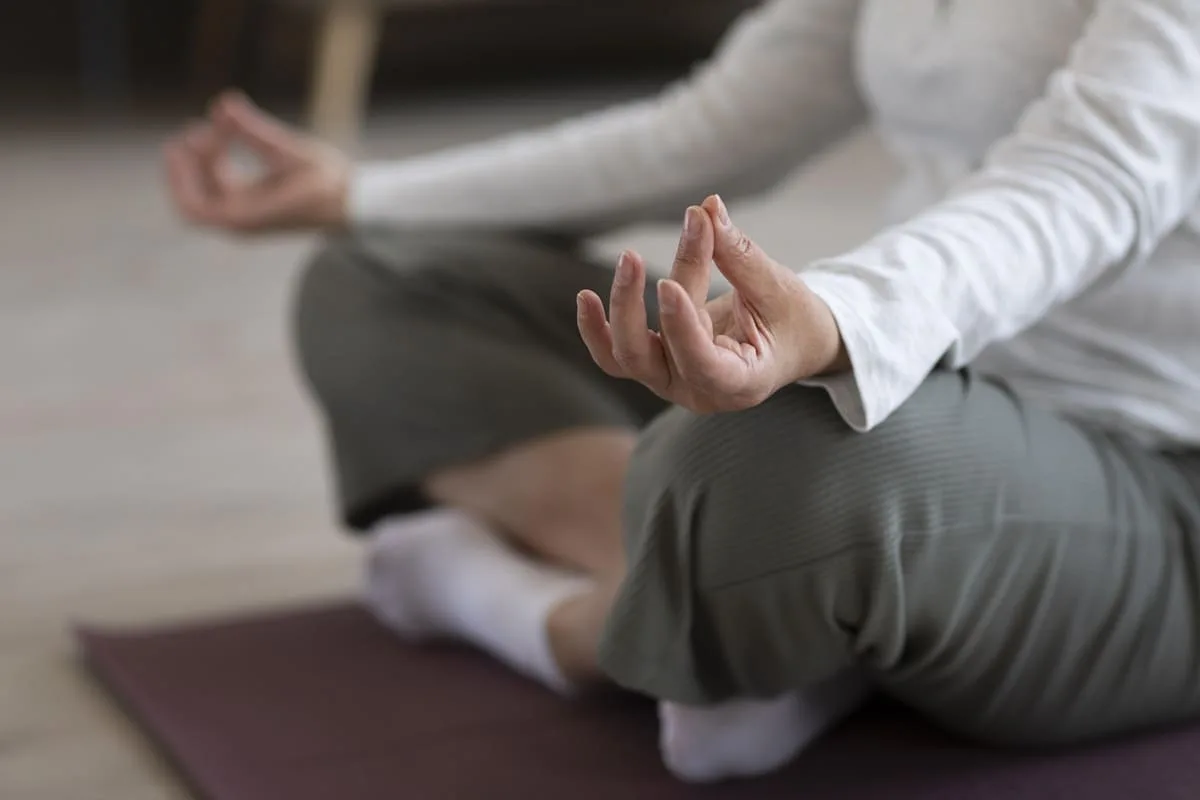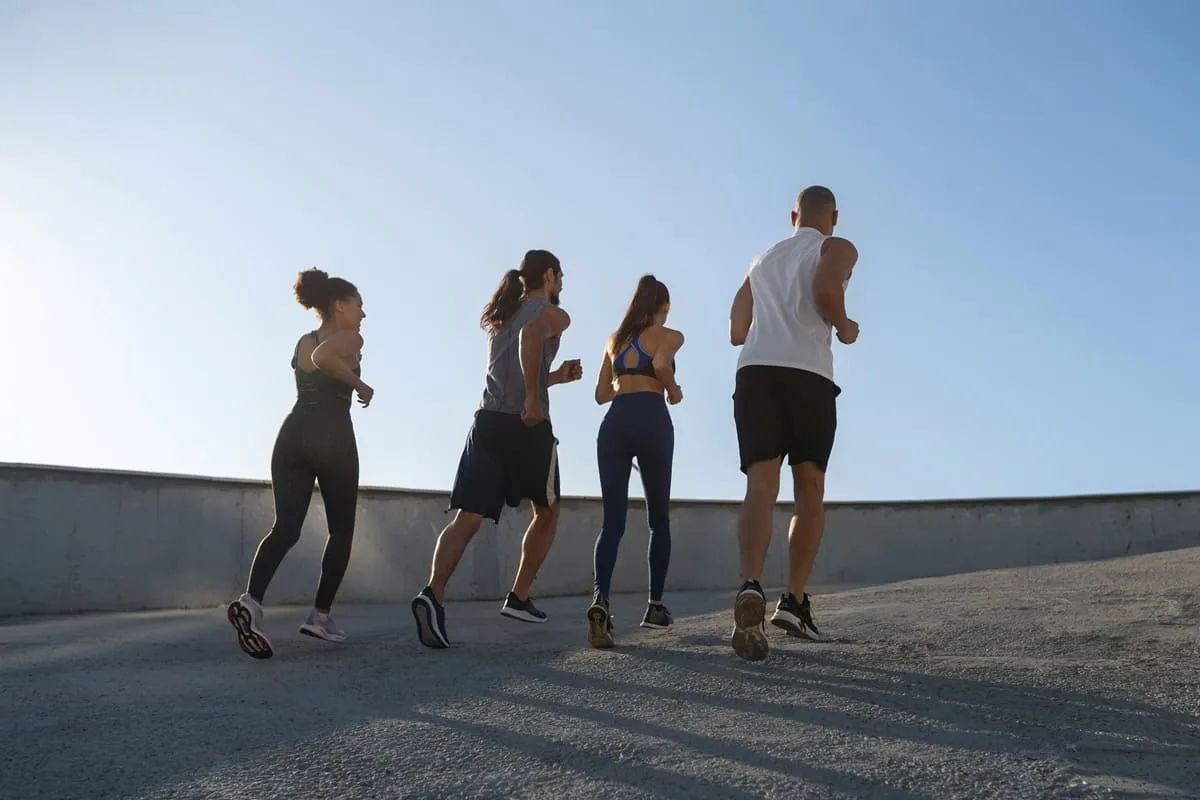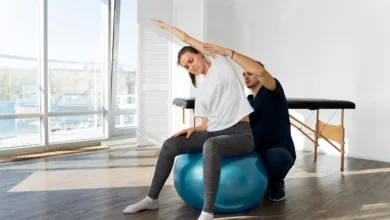How to Improve Your Posture with Exercise
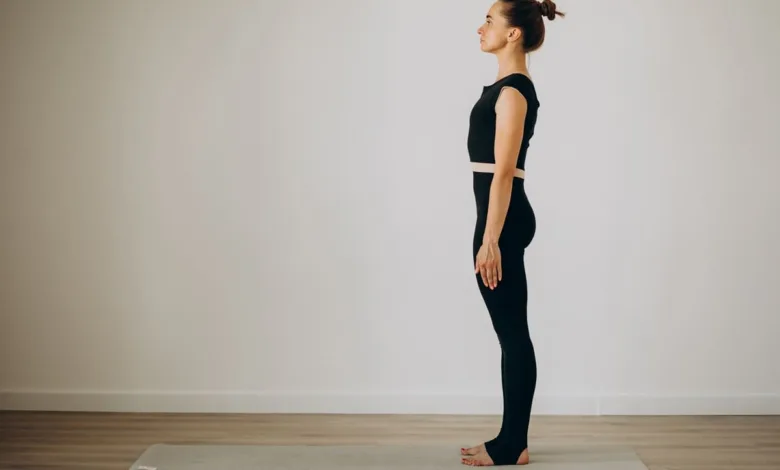
Good posture is not only about aesthetics and self-confidence, but also about the health of the spine, joints and internal organs. Slouching, distortions, “drooping” shoulders and a tense neck are all consequences of a weak muscular corset, a sedentary lifestyle and poor posture, which can lead to chronic pain and a decrease in quality of life. Fortunately, training can help.
Why does posture get disturbed?
Posture is formed under the influence of many factors. The most common causes of its violations are:
- Sedentary work and a sedentary lifestyle;
- Weak muscles of the back, abdomen and buttocks;
- Disorders in the structure of the spine (for example, scoliosis);
- Psychological reasons: tension, lack of confidence;
- Habits: carrying a heavy bag on one shoulder, constantly looking down at the phone, etc.
Regular training aimed at strengthening certain muscle groups can significantly improve the body’s position in space.
What muscles are important for posture?
To achieve correct posture, it is important to work on three areas:
- Back muscles , especially the rhomboids, trapezius and spinal extensors.
- Core muscles are the deep muscles of the abs and lower back that keep the spine stable.
- The gluteal muscles play the role of stabilizers of the pelvis, the position of which determines the position of the entire back.
It is important not only to strengthen, but also to stretch the muscles, especially the pectoral muscles (which often shorten and “pull” the shoulders forward), as well as the neck muscles.
Exercises to straighten your posture
Here are some basic exercises that you can include in your workout:
- Plank – strengthens the core and teaches you to keep your body in one line.
- Superman – lying on your stomach, raising your arms and legs – develops the back extensor muscles.
- Pulling a rubber band or expander to the chest activates the rhomboid muscles between the shoulder blades.
- Glute Bridge – Strengthens the pelvis and lower back.
- Wall pectoral stretch – helps open the chest.
Tips for better results
- Exercise regularly: at least 2-3 times a week.
- Watch your technique – it is especially important not to overextend your lower back.
- Add shoulder and chest mobility exercises.
- Add some variety to your workout with yoga or Pilates elements.
- Pay attention to your behavior outside the hall – how you sit, stand, walk.
Conclusion
Improving your posture is not a one-time action, but a process that requires consistency. The right exercises will not only straighten your back, but also increase your overall endurance, improve your breathing and mood. Starting with simple steps, you will be surprised how differently you can feel your own body.
Sports vs. Stress: How Exercise Improves Your Mood
In the modern world, stress has become an almost habitual part of everyday life. Work, everyday life, information noise, instability – all this puts pressure on the psyche. Many seek salvation in coffee, sweets or social networks. But there is a method that works not only quickly, but also with a long-term effect – this is sports.
How physical activity affects the psyche
During physical exercise, endorphins are produced in the body – the so-called hormones of happiness. They reduce the level of cortisol (the stress hormone), improve mood, and give a feeling of calm and confidence. After 30-40 minutes of training, you can feel a surge of energy, even if you were tired or irritated before.
In addition, exercise improves sleep, which plays a key role in emotional recovery. People who regularly engage in physical activity are more likely to fall asleep faster and wake up more rested.
Exercise as a form of meditation
During training, attention is focused on the body, breathing, movements. This helps to distract from anxious thoughts and get out of the endless flow of experiences. Rhythmic and cyclic exercises work especially well – running, swimming, exercise bike, rowing. They immerse you in a state similar to meditation.
Even a simple walk in the fresh air reduces anxiety and helps to “reboot” the nervous system. And if you add music to this, the effect is doubly enhanced.
Social factor
Group exercise or coaching sessions provide an important sense of support and involvement . You’re not alone in your struggle with stress — you’re surrounded by people with similar goals. This helps you feel part of something bigger, and it also takes your mind off your inner turmoil.
In addition, sport has one powerful feature – it develops confidence . Gradually, you begin to feel that you can do more than you thought. This directly affects self-esteem and reduces the feeling of helplessness that often accompanies stressful conditions.
How to start?
For sport to become an anti-stress, it is not necessary to exhaust yourself with heavy training. Start with what you like : dancing, yoga, swimming, stretching, light cardio loads. The main thing is regularity. Even 20-30 minutes of movement per day can significantly improve your emotional state.
It is important to remember: sport is not about punishing the body, but about taking care of yourself. It is a time for recovery, solitude, and stress relief.
And may your schedule always find a place for yourself and your mental balance. After all, as practice shows, a good mood begins with movement.



